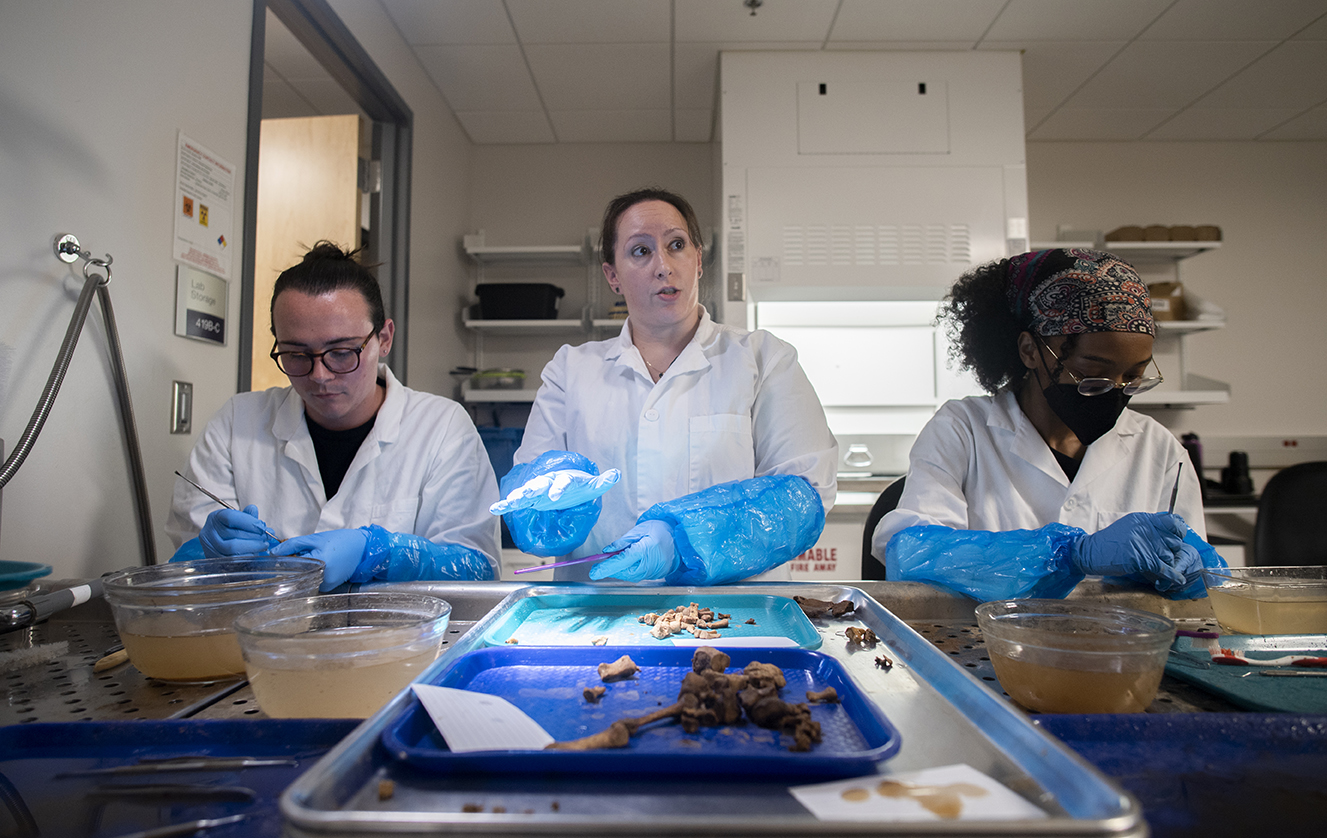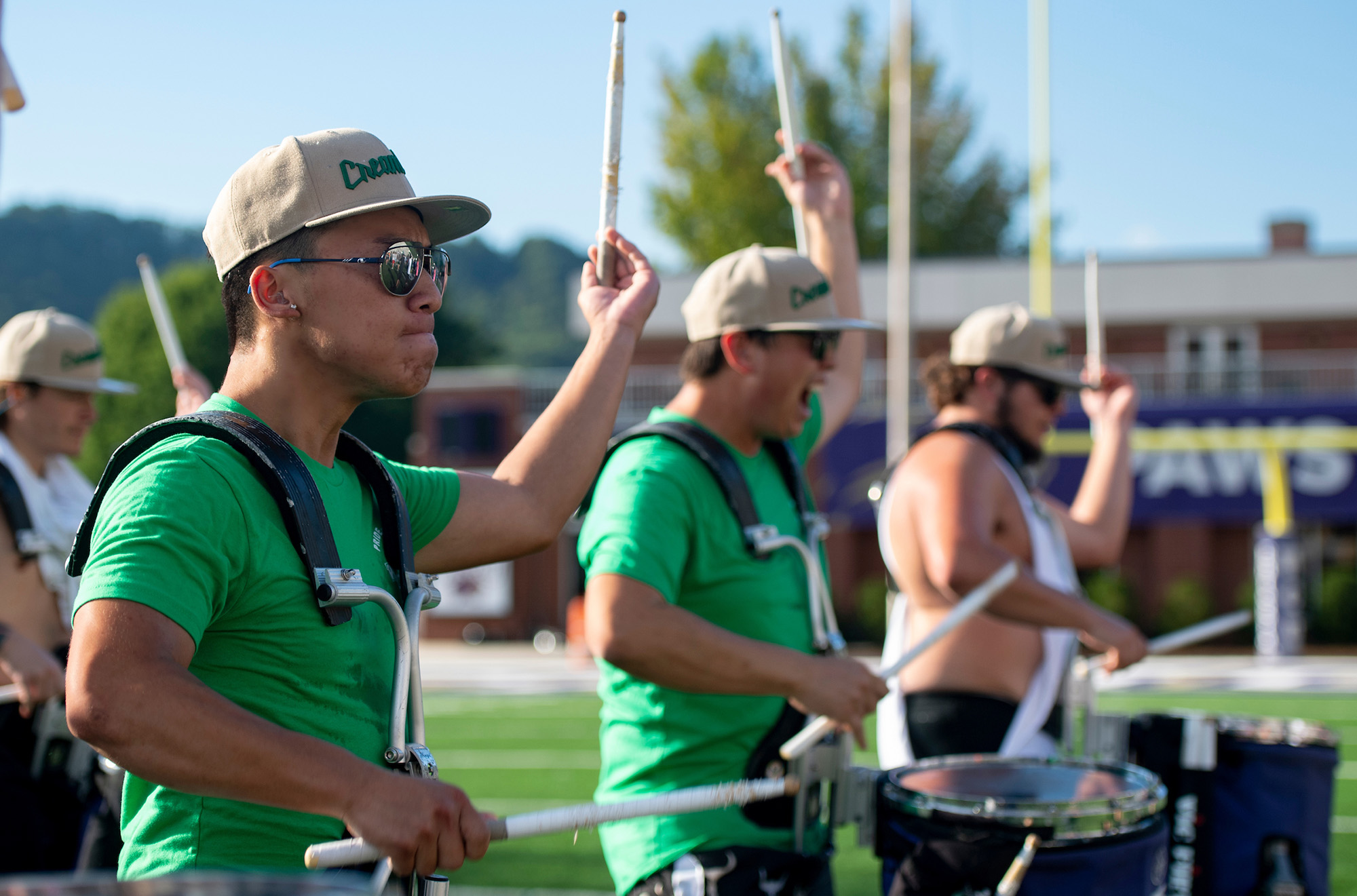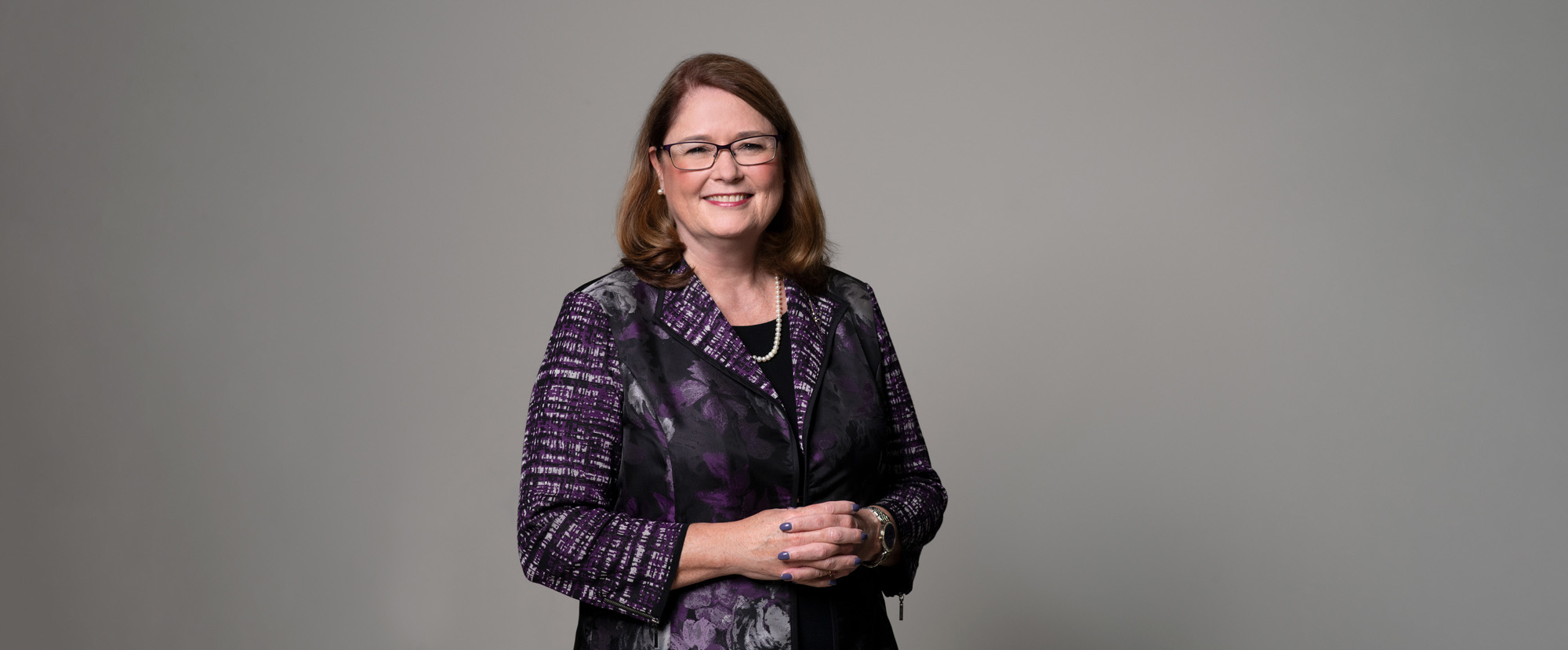Forensic Anthropology Program Gains Prominence
by Geoff Cantrell
Sgt. Francis W. Wiemerslage made it home to Chicago after some 75 years, thanks in part to Western Carolina University.
A gunner on a B-17 Flying Fortress shot down over Germany in the waning days of World War II, the 20-year-old was the only crew member whose body wasn’t recovered from the crash following the end of hostilities. Enter Cold War tensions and the division of Germany into East and West, and the search for his remains more or less ceased.
Until, in 2019, a research team from WCU’s Forensic Anthropology Program began a concentrated search for the airman, drawing on local interviews, anecdotal information and lots of onsite field work, including excavations. They found success. They found Sgt. Wiemerslage.

Working with the U.S. Department of Defense’s POW/MIA Accounting Agency, a positive identification was made, next of kin were notified and the airman was returned to Illinois in October 2021 for burial.
“Obviously, it was a pretty awesome experience in Germany. One of the goals of our program is to produce graduates who are able to perform with technical capabilities,” said Nick Passalacqua, associate professor and Forensic Anthropology Program director. “A part of WCU instruction is ‘here’s a mock forensic case, now do it.’ So, being involved in an actual mission takes it a step farther. They were undertaking a real case.”
Times are lively for students and faculty in the Forensic Anthropology Program.
Home to the nation’s second oldest body farm and internationally recognized for innovative instructional techniques, the WCU program
is expanding through outreach and technical assistance with cold cases — such as locating the missing airman — and welcoming an ever-increasing number of students.
Forensic anthropology — applying anthropological method and theory to matters of legal concern, primarily focusing on the recovery and analysis of human skeletal remains — is offered as a bachelor’s degree concentration and as a minor. From 2006, when there were 72 students in the major, the program has grown to more than 200 students enrolled today.
“For my future, I want to have some experience and get hands-on with the bones as much as I can, and this is a good opportunity to do that,” said Alyvia Bridges, a forensic anthropology major from
Greenville, South Carolina. “The instructors are really good and are engaging with their students and care about their students, something you see a lot at this university. Western wants to see its students succeed and that helps us progress.”
Becca George is a forensic anthropology instructor and facility curator. “Our program wouldn’t function without our student volunteers and that’s why a lot of them come here, to be able to have these opportunities,” she said. “Of course, we are loving our new lab space, being in the new (Apodaca) science building. It gives us some different processing opportunities for our lab work. We still have our lab in the McKee Building for visiting researchers as well as student researchers, and a little bit more space for our skeletal collection, which comes from our donors at the facility and is processed through this lab.”

